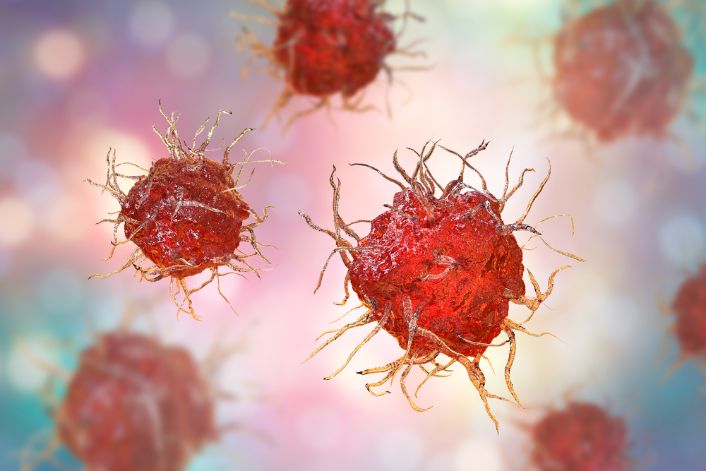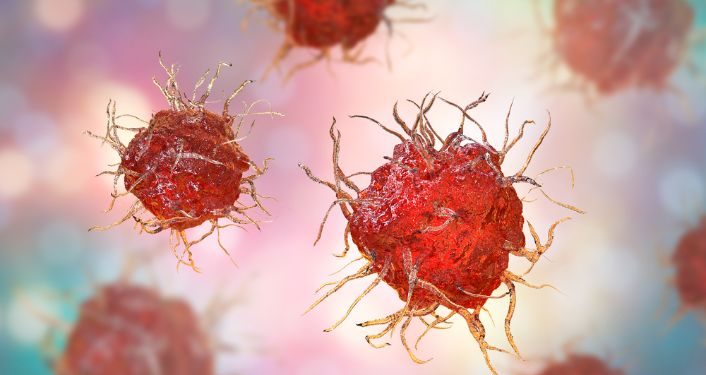Leukemia is a cancer that affects blood cells and the bone marrow where new blood cells are made. There are several types of leukemia, and each type has different effects on the body. Some types of leukemia grow more quickly than others, and some are harder to treat than others.
Leukemia develops when blood cells have changes (mutations) in their genetic material, called DNA. Normally, DNA tells blood cells to grow and die at a certain rate. Mutations in DNA cause the abnormal cells to grow and multiply out of control. These mutated cells crowd out healthy blood cells and interfere with the body’s ability to make new cells. Eventually, if enough mutated cells gather, they may outnumber healthy red blood cells, white blood cells and platelets. Symptoms of leukemia can vary from mild to severe, and they can occur suddenly or slowly.
Blood has three main types of cells: Red blood cells that carry oxygen to all parts of the body, white blood cells that fight infection and platelets that help the blood clot. Every day, your bone marrow makes billions of new blood cells. But in people with leukemia, a lot of these cells are faulty white blood cells. The leukemia cells don’t respond to the body’s signals for them to stop growing and instead continue to grow until they crowd out normal blood cells and prevent them from making more.

There are two main types of leukemia: Acute leukemia and chronic leukemia. Acute leukemias develop more quickly than chronic ones, and they are usually harder to treat. They can be caused by some diseases, such as a viral infection, or by things like high radiation exposure and certain medicines — including chemotherapies that use alkylating agents and topoisomerase II agents. Some people have an inherited predisposition to developing leukemia. They might have a condition such as Klinefelter syndrome, Down syndrome or Ataxia telangiectasia or have a gene mutation such as the Philadelphia chromosome.
Most of the time, doctors find out about a person’s leukemia when they get tested for something else and their lab work shows an unusual result. Sometimes, doctors notice unexplained symptoms such as fever, fatigue, bruising or bleeding. Leukemia can also affect the spleen and liver, which can make them feel full or swollen.
Most of the time, doctors treat leukemia with chemotherapy and other drugs. Sometimes, they also use radiation or stem cell transplants. There are many clinical trials that test new treatments, and some of these can be very effective for treating leukemia. These trials can test whether drugs or other therapies kill leukemia cells, keep them from growing or prevent them from spreading.









